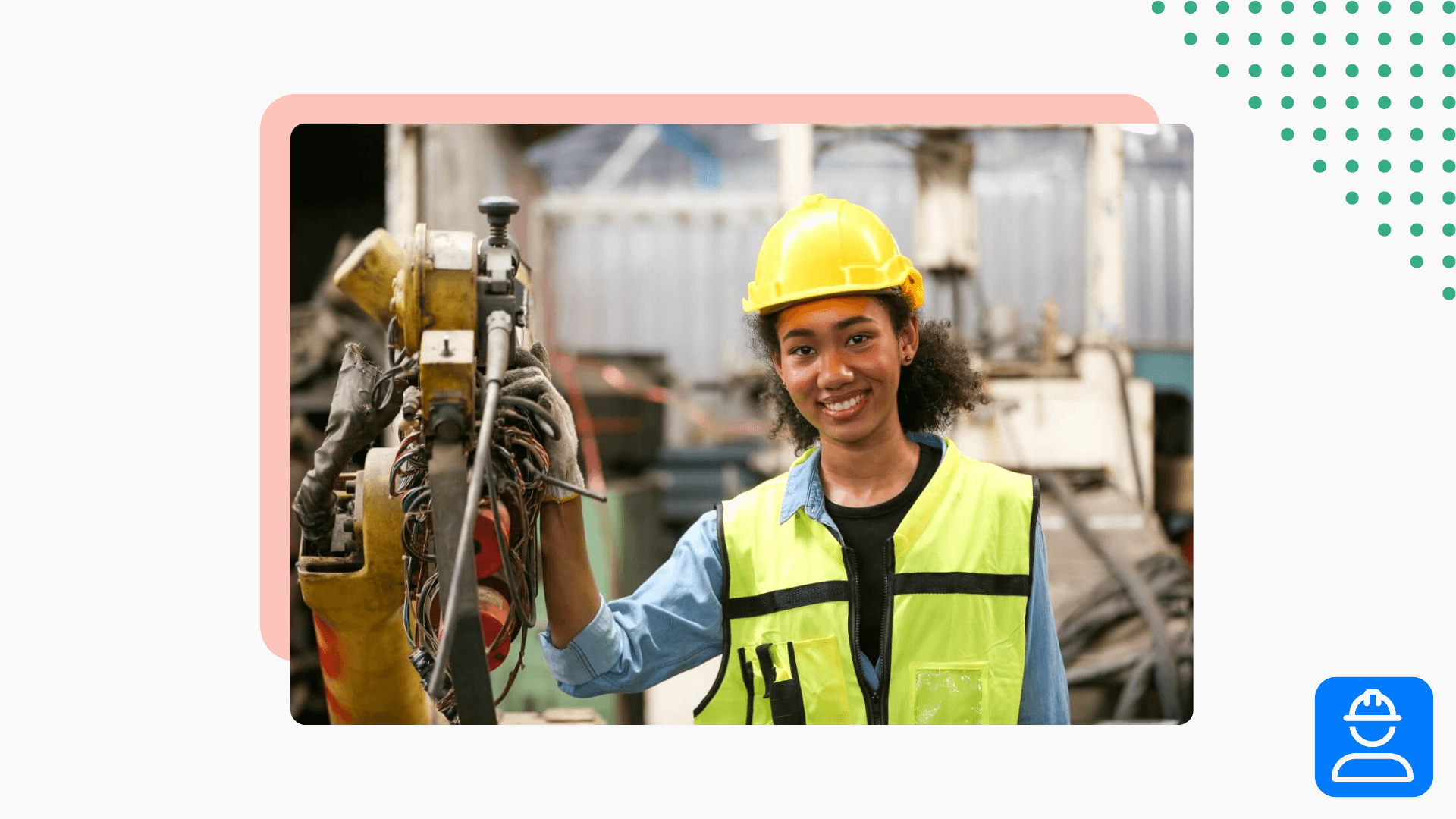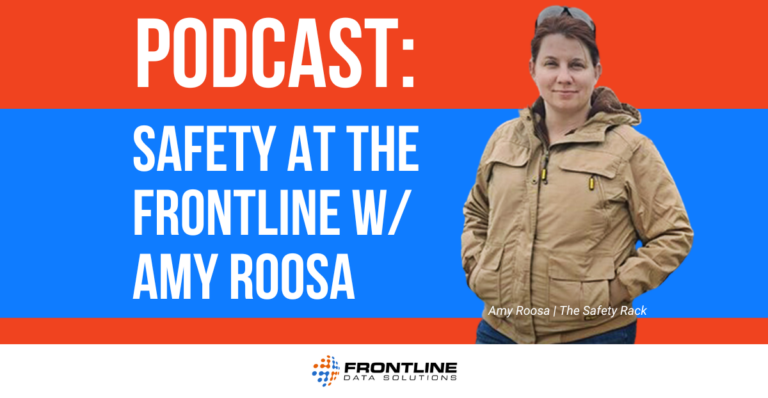To begin, if your company promotes a “safety first” culture, you should ask whether you provide the same resources to all employees. Specifically, if you do not offer women’s PPE, then you are not upholding that safety standard for everyone. Therefore, to truly practice what you preach, you must first understand the significant gaps within today’s PPE market.

What’s the deal about women’s PPE?
Women make up a small percentage of the trade workforce. However, that doesn’t diminish their need for properly fitting, functional PPE. In fact, ill-fitting PPE is more than just uncomfortable—it’s a serious safety hazard. It can lead to avoidable injuries on the job.
According to the International Safety Equipment Association (ISEA):
“Too loose, [PPE] could easily get caught in machinery, with disastrous consequences. On the other hand, if it is too tight, the worker will be uncomfortable and might not be able to tolerate it or even wear it.”
You’d think it’d be obvious, but you’d be surprised how many PPE vendors don’t have a women’s line. In the past, women would just resort to buying smaller sizes of the male gear. But those days are long gone due to a major push by women in the trades themselves.
Recognizing the need for women’s PPE
During a PPE demonstration at the Midwest Women in Safety Conference, the event’s co-founder, Amy Roosa, became aware of a major issue:
None of the PPE on display was made for women.
From then on, Amy made it her mission to find and share PPE brands that had suitable options for women. Now, she’s the founder of The Safety Rack and a leading voice in the ongoing fight for women’s PPE.
For companies to better support their workers, they have to understand what exactly women want. Additionally, they need to know how attempts to provide PPE options have failed in the past.
Amy Roosa | Frontline
Listen to our conversation with Amy Roosa where we talk about The Safety Rack and dive into the women’s PPE struggle.
Understanding the need for Women’s PPE
There’s a common saying in the world of personal protective equipment (PPE): “Women aren’t smaller men.” Unfortunately, many brands still try to meet the market need by simply offering smaller versions of their men’s products—or by adding a pink color option. While this approach helps vendors avoid investing in product development, it does little to meet the actual needs of female workers.
In reality, the biggest challenge for women on the job is proper sizing and fit. For example, common complaints about poorly fitting jackets, shirts, and vests include being too loose, hanging too low, or fitting too narrowly. This is particularly around the hips. Similarly, PPE like goggles, helmets, and gloves often fail to provide a secure fit. This makes tasks more difficult and less safe.
Fortunately, some brands get it right. They design PPE specifically for women, using high-quality materials and tailoring for real working conditions. In some cases, these companies even strike a balance between style and function. This is especially noticeable in the rise of stylish but durable women’s safety boots. Ultimately, it’s just smart business: understanding your customers leads to better products and stronger brand loyalty.
Creating their own solutions
Who better to solve the women’s PPE problem than, well, women? The growing market for properly fitting gear is driven, in large part, by female-owned brands like Xena Workwear, Helga Wear, Covergalls Workwear, and Juno Jones Shoes (to name a few).
A cursory glance at this topic on social media will tell you that despite their small market share, these companies are DOMINATING the narrative around women’s PPE.
Why’s that? Simple: women support women who support women.
However, it’s important to point out that any company—regardless of who runs it—can tap into this growing share of the PPE market. In fact, succeeding in this space requires more than simply extending sizing options or adding color variations. Instead, companies must invest in designing gear that genuinely fits and supports women in the workforce. Given the rising number of women entering skilled trades, this effort represents not only a commitment to safety but also a smart business opportunity.
Until more companies step in to meet the demand, niche vendors will continue filling the gap. As a result, the real losers in this scenario are no longer female tradeswomen—they’re the major PPE brands that refuse to respond to the needs of a growing segment of the workforce.




